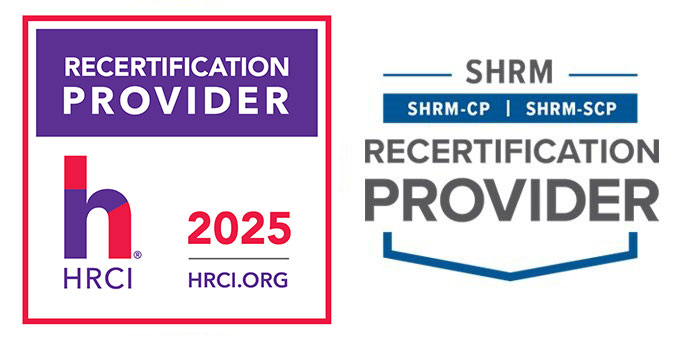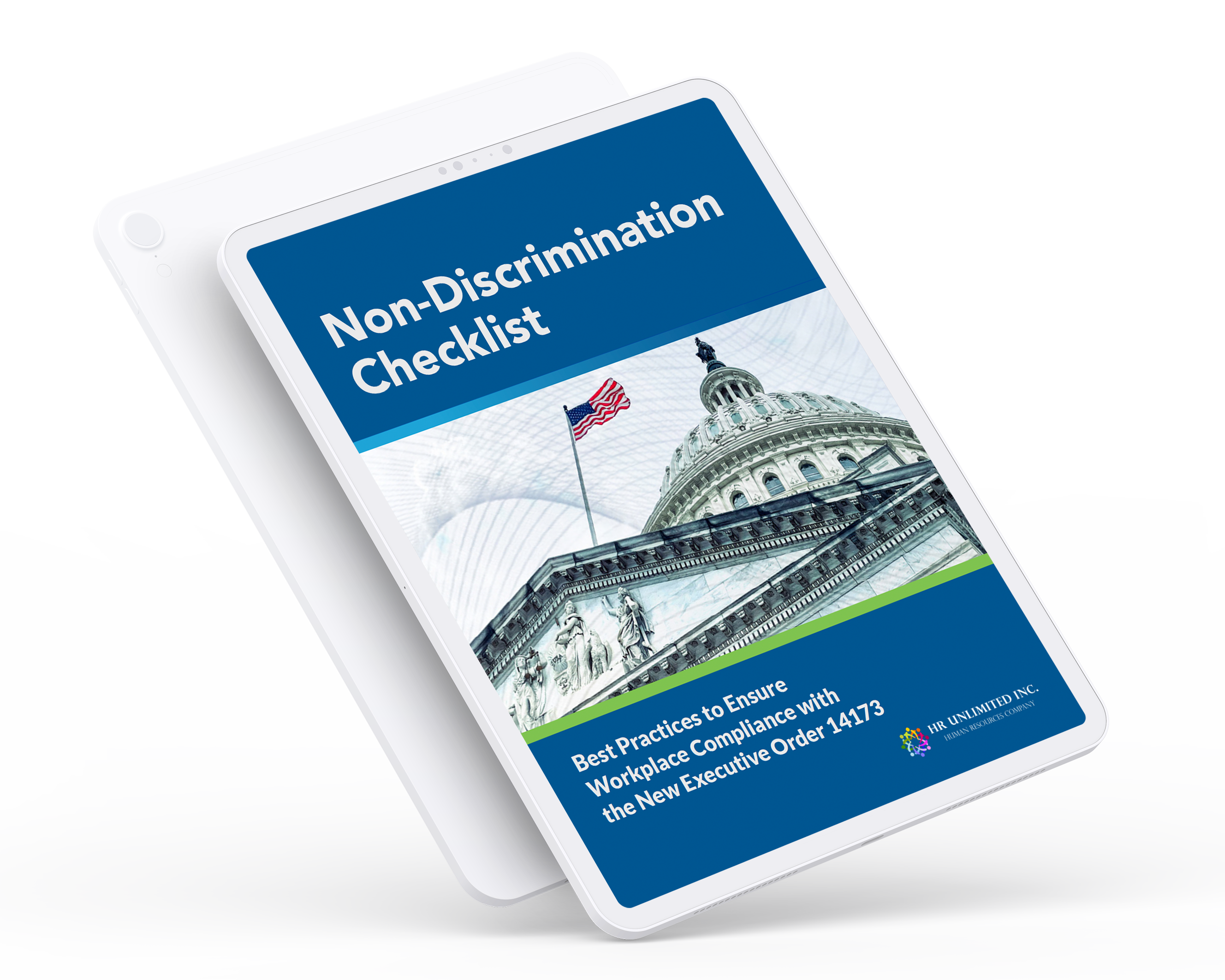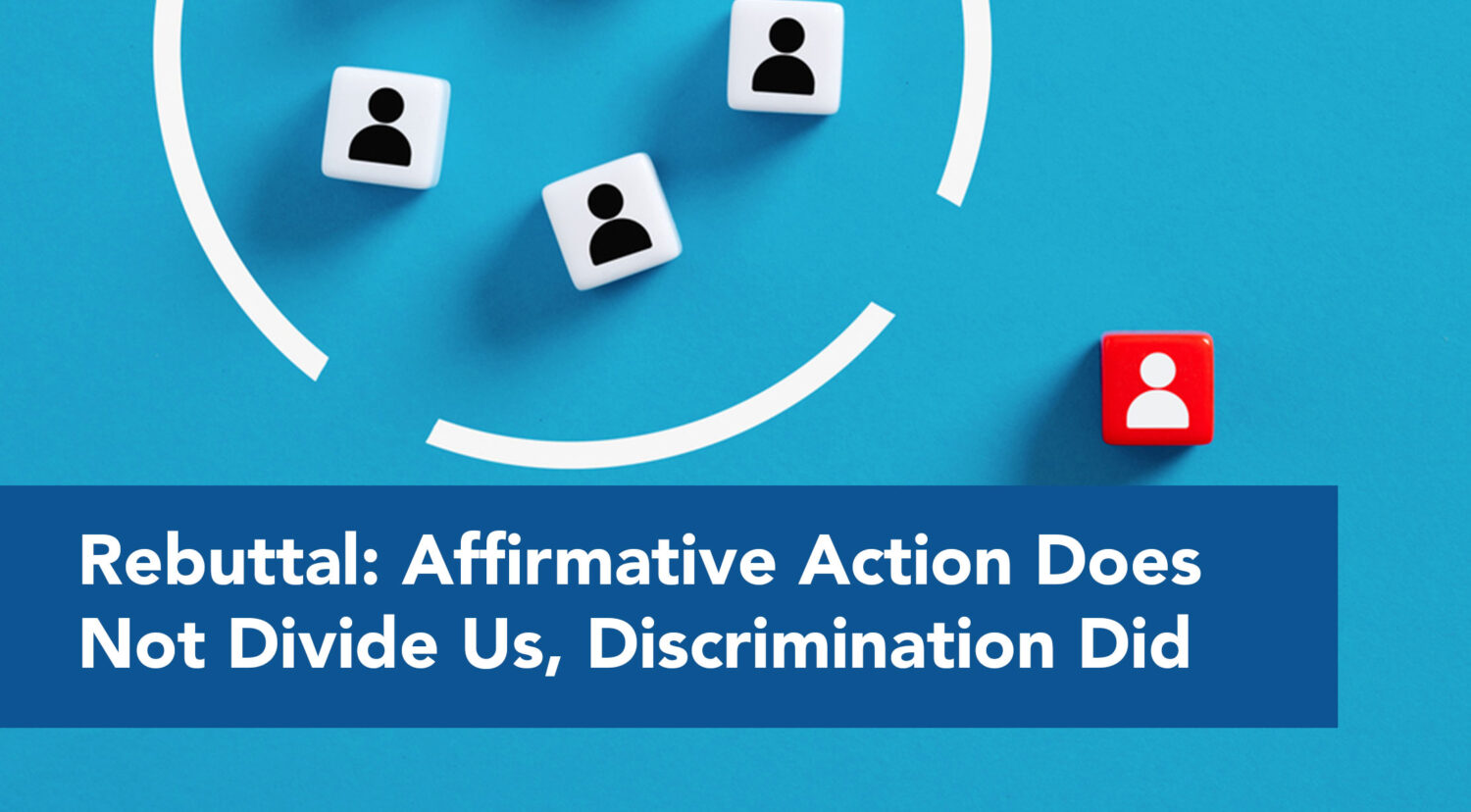What You Need to Know so Your Company May Take Advantage of the Dept. of Labor’s Registered Apprenticeship Program
So what ever happened to those good apprenticeships we used to read about? Although it does not get as much media attention as it deserves, the Dept. of Labor’s Registered Apprenticeship program has produce significant growth over the past five years[1]. As of last fiscal year, more than 500,000 people are participating in 21,000 different Registered Apprenticeship programs across the country. In fact, 1,600 new programs came into being just in FY 2016[2]
Today’s article hopes to enlighten you about the many benefits of working with the Dept. of Labor to develop a Registered Apprenticeship program to attract your much-needed skilled workers. Additionally, with the updates in the Code of Federal Regulations (CFR) this year, we will also include a discussion of the significant changes to the law.
Little known fact: some of our most important historical figures apprenticed before beginning their careers that would change America and the entire world: George Washington was a surveyor, Benjamin Franklin was a printer, and Paul Revere was a silversmith. With the unfortunate reality that the high school curriculum will not sufficient train workers to complete many of the jobs in need of filling these days, hopefully our next great generation of leaders will be the product of apprenticeship programs as well.
But even in today’s economy that relies a little less on butter churning (and a smidge more on electricity), apprenticeship remains a viable and promising avenue for worker to reach the middle class. The average graduate of the of the Registered Apprenticeship program earns $60,000 per year and is on pace to earn more than $240,000 more than her colleagues that did not complete the program[3].
There are three type of apprenticeship programs other companies have pursued based upon their specific needs.
- Time-based: Progress is measured by the number of hours the apprentice spends learning the craft.
- Competency-based: The apprentice learns at his/her own pace, and progress is measured by a demonstration of the needed knowledge and skills.
- Hybrid: the apprentice’s progress is measured by a combination of time spent acquiring skills and competencies proven through examination.
But let us cut to the chase: these programs sound nice for these other folks, but what about for you and your company’s needs?
Requirements for Construction Contractors
I. How the Registered Apprenticeship Program Will Help Your Skill Trade Company
This Registered Apprenticeship program is not some new, untested production of the recent stimulus bill, for example, but one that has been producing results for American workers for more than 80 years.
- The federal government has approved more than 1,300 occupations; it is very likely that your skilled labor company could use assistance in recruiting in one of the areas approved. The Dept. of Labor lists many of the benefits of working with the federal apprenticeship program.
- A stable and predictable pipeline of workers for labor intensive industries.
- Customized training so your employees are trained on the equipment exactly how the firm prefers it used.
- A systematic approach, tested and refined over time, to training that will optimize time and results.
- A much-improved retention rate: 87% of apprentices in 2011 were still employed with their company nine months after the program was completed.
- A refined safety training that will lead to less accidents and higher productivity.
- An often much-needed institutional knowledge transfer occurs between retiring employees and upcoming apprentices.
- A serious financial return: companies earn on average $1.40 for every dollar spent on the program.[1]
But it is not all profits and fairytales; with all those benefits, the federal government requires action taken similar to that required of federal contractors. As long as you are prepared for what needs to be done, it is not so bad.
II. What You Need to Know about Registered Apprenticeship to Make Things Run Smoothly
We will now take a moment to highlight where and how updates to the National Apprenticeship Act[1] were promulgated.
- Important Publications of the Dept. of Labor Updating the Law
- The relevant regulations for a federal apprenticeship program have been recently updated (and will be discussed below). You may find these updates in the following places:
- The Dept. of Labor aggregated the code and commentary on this page: https://www.doleta.gov/OA/regulations.cfm
- Title 29 CRF, Parts 29 & 30 (this is the relevant code) can be read here: https://www.gpo.gov/fdsys/pkg/FR-2016-12-19/pdf/2016-29910.pdf
- Training and Employment Notices (TENS) & Training and Employment Guidance Letters (TEGLS) are considered policy guidance by the Dept. of Labor and published periodically to clarify how ambiguous text of the Code of Federal Regulations (CFR) should be understood.
- See the most recent Apprenticeship TENS and TEGLS here: https://www.doleta.gov/OA/guidance.cfm
- The Office of Apprenticeship (of the Dept. of Labor) publishes Bulletins and Circulars informing Apprenticeship program participants of updates to mandatory regulations. The Affirmative Action requirements of Part B (below) were issued by Circular.
- Find the Bulletins and Circulars here: https://www.doleta.gov/OA/oa_bulletin.cfm
- The relevant regulations for a federal apprenticeship program have been recently updated (and will be discussed below). You may find these updates in the following places:
- Registered Apprenticeship Programs are Subject to EEO Affirmative Action Regulations
- And it is important to note that new rules were promulgated of the Dept. of Labor, and are in effect as of July 2017. Here is a quick summary of the amendments to the rule that you need to know that were updated over the summer:
- The Mandatory EEO Pledge (available in full in at Appendix E) has been expanded from its initial 1978 edition to include more categories of protected persons.
- The initial EEO Pledge defined the protected classes as those of “race, color, religion, national origin, or sex.”
- The 2017 addition expands the list to those of “race, color, religion, national origin, sex (including pregnancy and gender identity), sexual orientation, genetic information, or because they are an individual with a disability or a person 40 years old or older.”
- The Dept. of Labor requires the above Pledge to be present in “all appropriate publications” including handbooks, policy manuals, etc.
- The Pledge shall be included in recruitment material intended to attract referrals from all demographic groups.
- The new EEO rule explicitly states what a Registered Apprenticeship program must do[1] regarding affirmative action steps[2]:
- Assign EEO responsibilities to a specific person.
- Distribute EEO policy to staff and conduct information sessions.
- “Conduct outreach and recruitment” to “groups that represent diverse populations.”
- Keep the workplace free of harassment, intimidation, and retaliation.
As you can see, with all the benefits of attracting needed labor through the Registered Apprenticeship program, it is well worth the effort to comply with the federal regulations. Given how skill specific many jobs are now, it is more and more impossible to rely on the traditional education system to provide the workers you need. It is well worth you and your firm’s time to develop a keen understand of Registered Apprenticeships as one of the most practical ways for a rising company to meet its growing labor needs.
Appendices
Appendix A: State Run vs. Federally Run Apprentice Programs
Source: https://www.doleta.gov/OA/contactlist.cfm States in blue run their own apprenticeship programs; states in white belong to the federal program.
Appendix B: Active Apprentice Programs per State
https://www.doleta.gov/OA/data_statistics.cfm
Appendix C:
Both aggregate apprentices and growth of the program.
Appendix D:
Federal Data for the Top 30 Apprentice Occupations for Fiscal Year 2016
| Occupation Title | Active Apprentices |
| Electrician | 41,489 |
| Plumbers, Pipefitters, and Steamfitters | 23,094 |
| Carpenter | 20,159 |
| Construction Laborers | 14,089 |
| Heavy and Tractor-Trailer Truck Drivers | 7,890 |
| Electrical Power-Line Installers and Repairers | 7,008 |
| Sheet Metal Worker | 6,667 |
| Structural Iron and Steel Workers | 5,225 |
| Drywall and Ceiling Tile Installers | 4,509 |
| Roofer | 3,946 |
| Operating Engineers and Other Construction Equipment Operators | 3,554 |
| Millwright | 3,415 |
| Heating, Air Conditioning, and Refrigeration Mechanics and Installers | 3,135 |
| Painters, Construction and Maintenance | 2,998 |
| Elevator Installers and Repairers | 2,998 |
| Telecommunications Equipment Installers and Repairers, Except Line Installers | 2,245 |
| Industrial Machinery Mechanics | 2,019 |
| Cement Masons and Concrete Finishers | 1,995 |
| Cooks, Institution and Cafeteria | 1,890 |
| Telecommunications Line Installers and Repairers | 1,684 |
| Reinforcing Iron and Rebar Workers | 1,640 |
| Floor Layers, Except Carpet, Wood, and Hard Tiles | 1,623 |
| Machinists | 1,518 |
| Glaziers | 1,436 |
| Tool and Die Makers | 1,436 |
| Pharmacy Technicians | 1,279 |
| Structural Metal Fabricators and Fitters | 1,272 |
| Maids and Housekeeping Cleaners | 1,204 |
| Brickmasons and Blockmasons | 1,174 |
| Boilermakers | 1,150 |
Appendix E, Other Useful Resources:
- Schedule of Recurring Obligations per the Dept. of Labor as Title 29, CRF Part 30, describing the EEO Requirements for Affirmative Action.
- Update List of Recruitment Sources (§ 30(b)(3)(i)): Annually
- Update Written AAP (§ 30.4(e)): Each time workforce analysis is done (at compliance review, and then agai00n in 3 years if no intervening compliance review)
- Conduct Workforce Analysis (race/sex/ethnicity) (§ 30.5(b)): At each compliance review, and again if 3 years have passed since last workforce analysis without a compliance review
- Conduct Availability Analysis (race/sex/ethnicity) (§ 30.5(c)): At each compliance review
- Establish Utilization Goals (race/sex/ethnicity) (§ 30.6(a)): At each compliance review (if underutilized)
- Conduct Workforce Analysis (disability) (§ 30.7(d)(2)): At each compliance review, and again if 3 years have passed since last workforce analysis without a compliance review
- Action oriented efforts (§ 30.8):
- Race/sex/ethnicity: Only undertaken if goal is set at compliance review
- Disability: Only undertaken if underutilization determined and impediments to EEO are determined to exist
- Review of personnel processes (§ 30.9): Annually
- Invitation to self-identify as individual with a disability (§ 30.11):
- Pre-offer: When individual applies or is considered for apprenticeship
- Post-offer: After acceptance into program, but before apprenticeship begins
- Reminder to apprentices in program that they can update self-ID: Annually
- Source: https://www.doleta.gov/oa/eeo/pdf/Implementation_Timeline.pdf
- Questions and Answers from the Dept. of Labor answering queries about the labor standards codified in Title 29, CRF Part 29.
https://www.doleta.gov/OA/pdf/QA_Posted.pdf
- The Updated (December 2016) EEO Pledge (As Mandated by 29 CFR § 30.3(b)(2) and 29 CFR § 30.3(c)(1))
- Standard EEO Pledge Addendum: [Name of sponsor] will not discriminate against apprenticeship applicants or apprentices based on race, color, religion, national origin, sex (including pregnancy and gender identity), sexual orientation, genetic information, or because they are an individual with a disability or a person 40 years old or older. [Name of sponsor] will take affirmative action to provide equal opportunity in apprenticeship and will operate the apprenticeship program as required under Title 29 of the Code of Federal Regulations, part 30.
[1] See Appendix C
[2] Source: https://www.doleta.gov/OA/data_statistics.cfm
[3] According to the Dept. of Labor. https://www.doleta.gov/oa/eeo/pdf/EEO_Rule_Overview_Fact_Sheet.pdf
[4] Source: https://innovativeapprenticeship.org/what-is-apprenticeship/
[5] Also referred to as the Fitzgerald Act
[6] As opposed to the general duty to take affirmative action as codified in 1978.
[7] Source: https://www.doleta.gov/oa/eeo/pdf/EEO_Rule_Overview_Fact_Sheet.pdf





